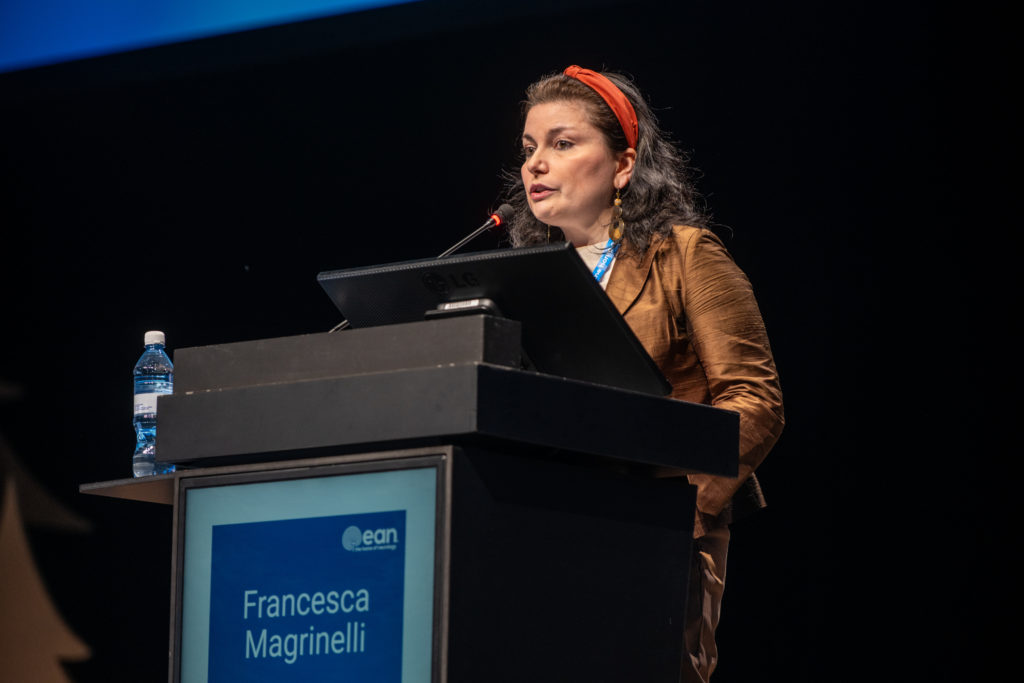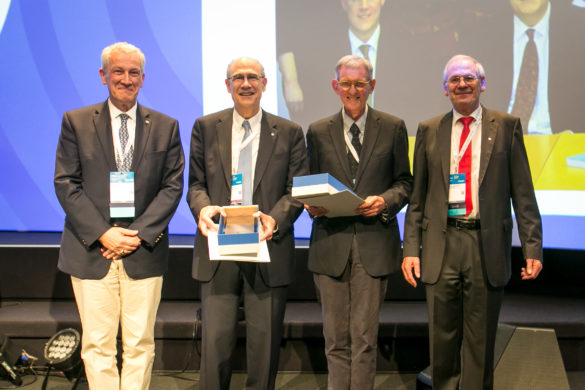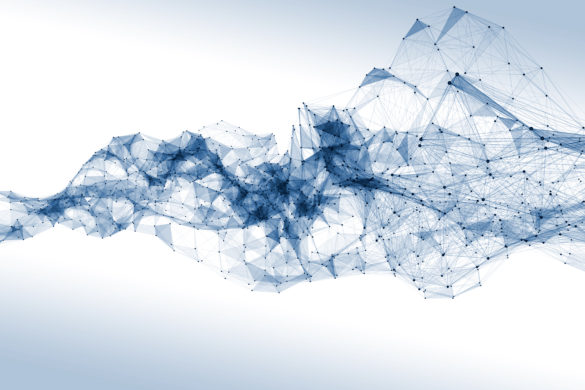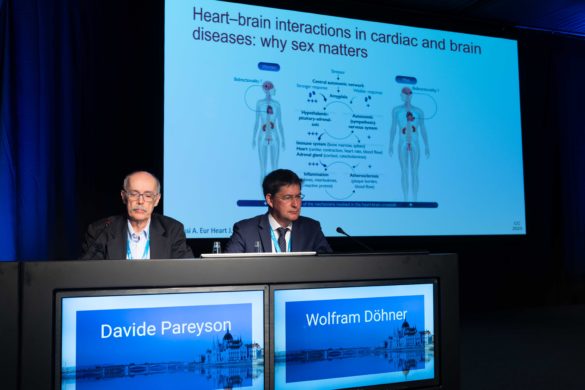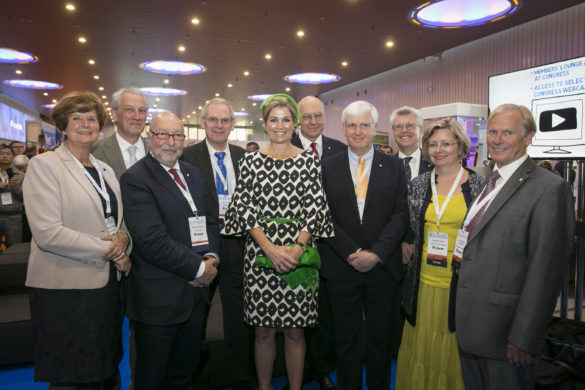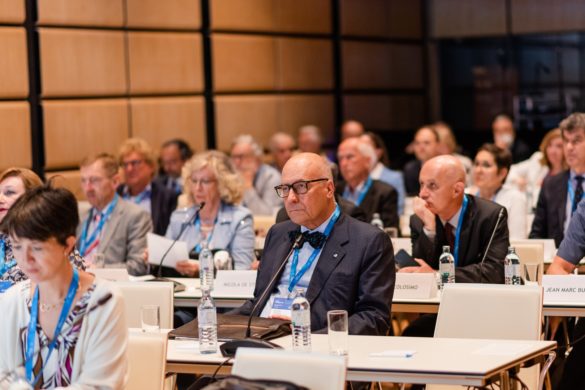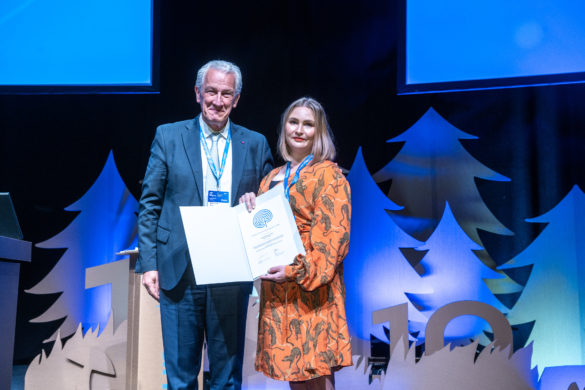by Simone Salemme
Christine Klein on EAN and MDS Collaboration
Christine Klein, Chair of the MDS-European Section and Co-Chair of the EAN Scientific Panel on Movement Disorders opened the Basal Ganglia Club session by highlighting the increasing collaboration between the European Academy of Neurology and the Movement Disorder Society (MDS). She emphasised that this partnership is paving the way for enhanced training opportunities in 2024 and beyond. The collaboration aims to foster the exchange of knowledge and the development of cutting-edge research in movement disorders, a field that is rapidly evolving and critical for patient care.
New Insights into PSMF1 and Early-Onset Parkinsonism
Although Professor Vladimir S. Kostic could not attend, Dr Francesca Magrinelli took the stage to deliver an engaging lecture on PSMF1, a novel gene implicated in early-onset Parkinsonism. PSMF1 plays a crucial role in proteasome regulation, inhibiting peptide hydrolysis by the 20S proteasome and promoting 26S proteasome-mediated proteolysis in vitro. In vivo, PSMF1 is essential for maintaining protein homeostasis and ensuring neuronal survival.
Dr Magrinelli provided a thorough overview of the PSMF1-related phenotypic spectrum, noting that the manifestations can range from early adulthood parkinsonism to early lethality, such as arthrogryposis. These outcomes depend on the underlying genetic variants, specifically whether they are biallelic missense mutations or biallelic loss-of-function mutations. Her presentation underscored the importance of genetic screening and personalised approaches in diagnosing and managing movement disorders.
Dystonia David Marsden Europe Award lecture
The session proceeded with Dr Stavros Tsagkaris receiving the 12th Dystonia David Marsden Europe Award for his groundbreaking study, ‘Metabolic patterns in brain 18F-fluorodeoxyglucose PET relate to aetiology in paediatric dystonia’ published in Brain in 2023. Dr Tsagkaris’s research delves into the role of PET imaging in the differential diagnosis of paediatric dystonia, a complex and often misdiagnosed condition.
His retrospective cohort study included anonymised clinical and neuroimaging data from 144 individuals. The study effectively categorised various paediatric conditions based on metabolic patterns observed in the frontal, temporal, and parietal cortex, as well as other brain regions like the insula, putamen, globus pallidus, thalamus, brainstem, and cerebellum. The findings highlight the potential of PET imaging to clarify the underlying causes of paediatric dystonia, thereby guiding more accurate diagnoses and tailored treatments.
European Alliance for Restless Legs Syndrome Award lecture
Dr Angelica Montini was honoured with the European Alliance for Restless Legs Syndrome Award for her innovative study on the role of microbiota in the neuropathology of restless legs syndrome (RLS). Her research compared the microbiota composition of 30 individuals with idiopathic RLS to 30 matched controls, revealing that while overall microbiota composition and dysbiosis were not significantly different, specific bacterial profiles correlated with the duration and phenotype of the disease. Intriguingly, the study suggested a link between Lachnoclostridium and sleep disturbances, a hallmark of RLS, pointing to new avenues for understanding and potentially treating the condition.
Clinical Case Presentations
The Basal Ganglia Club session concluded with a series of video presentations featuring rare and challenging clinical cases:
- Dr Mariana Dias da Costa presented a young woman with childhood-onset epilepsy, extrapyramidal syndrome, cerebellar signs, and cognitive impairment, offering insights into complex diagnostic and therapeutic approaches.
- Dr Clément Desjardins shared a case of a middle-aged woman whose isolated cervical dystonia evolved over 15 years to include blepharospasm, oromandibular dystonia, and dysarthria. Remarkably, her symptoms dramatically improved following pallidal deep brain stimulation, highlighting the potential of neuromodulation in treating dystonia.
- Dr Martina D’Anna discussed an older woman with late-onset ataxia, vestibular impairment, and neuroimaging evidence of cerebellar atrophy, illustrating the challenges in managing degenerative cerebellar disorders.
- Dr Tadas Vanagas presented a middle-aged man with involuntary head movements since childhood, initially misdiagnosed as cerebral palsy. This case underscored the importance of reevaluating long-standing diagnoses in light of new clinical and imaging evidence.
These case studies provided a platform for discussing advanced diagnostic techniques and therapeutic strategies, enriching the understanding of complex movement disorders among the attendees.
To delve into the highlights of the Basal Ganglia Club session, registered congress participants can click here to watch these insightful presentations on the topics that are shaping the future of movement disorders on demand via the virtual congress platform.


